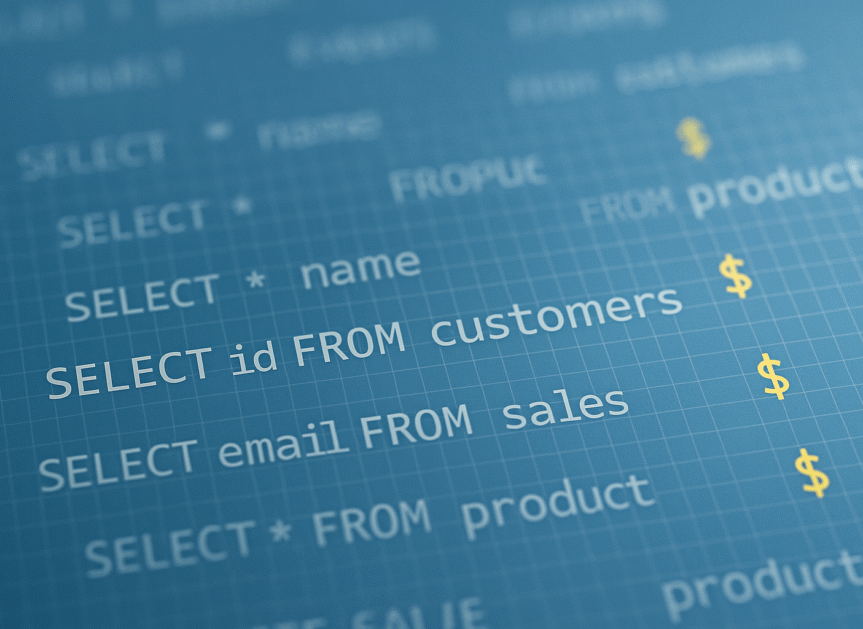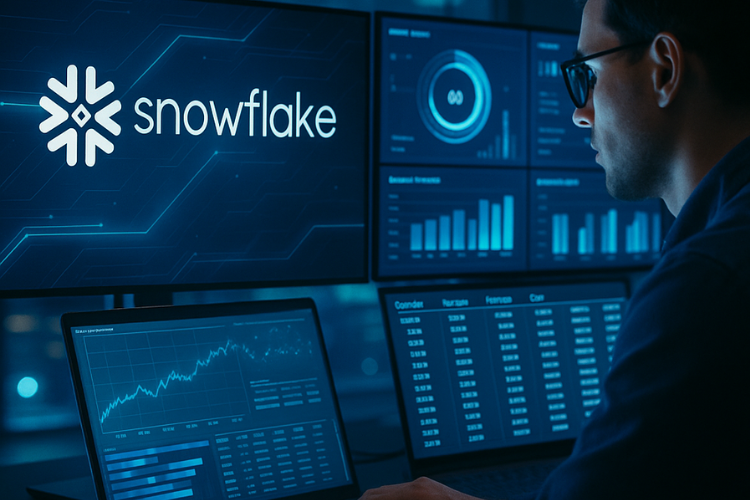Internal Governance and Risk Management
We maintain a comprehensive set of internal controls that guide our security operations, development practices, and organizational conduct. These controls are documented in detailed, version-controlled policies that span topics including access management, vendor oversight, secure development, and incident response.
As part of our risk management framework, we maintain continuously updated asset inventories and conduct regular architectural reviews to assess evolving risks and control effectiveness. Our security team performs continuous vulnerability scans to identify and remediate threats proactively, aligned with a structured risk prioritization model.
Security Awareness and Culture
Security is not just a technical requirement—it’s a shared responsibility at Seemore Data. All employees complete recurring security awareness training, with content tailored to evolving threats and the responsibilities of different roles. We foster a culture of accountability and vigilance, empowering team members to report concerns and engage in continuous improvement.
Responsible AI Usage
Seemore Data embraces the power of Artificial Intelligence while recognizing the importance of security, transparency, and ethical boundaries. All AI-powered features—whether developed in-house or leveraging third-party technologies—are governed by our formal AI governance policy, aligned with globally recognized frameworks.
Before adopting any third-party AI solution (such as those used for anomaly detection or natural language interaction), we conduct a full risk assessment. This includes reviews of data handling, training methodology, model transparency, access boundaries, logging practices, and data locality.
Customer data or metadata is never used to train AI models, internally or externally, unless we have received explicit written consent. Training is instead based on synthetic or publicly available data.
To minimize risk, AI features are deployed in isolated environments and operate only on anonymized, read-only metadata layers. We ensure all AI outputs—such as alerts or usage insights—are explainable and auditable. Human review is built into the process for any decisions that could have material business impact.
Data Processing and Global Privacy Alignment
To support compliance with GDPR, Seemore Data provides a robust Data Processing Agreement (DPA). This agreement outlines our role as a processor, customer responsibilities as controllers, and the scope, nature, and purpose of data handling activities.
The DPA is fully aligned with the General Data Protection Regulation (EU 2016/679), addressing principles such as lawfulness, data minimization, purpose limitation, and appropriate safeguards.
Our DPA covers:
- Scope and limitations of processing (metadata access only)
- Types of data (e.g., system-generated metadata, role identifiers)
- Data subject rights and support mechanisms
- Confidentiality agreements for personnel
- Approved sub-processors and notification procedures
- Retention, deletion, and return of data upon contract termination
- Technical and organizational measures in compliance with GDPR Article 32
Access to customer metadata is tightly controlled and limited to trained staff with a documented, legitimate purpose. Access is automatically revoked upon role changes or terminations. Customers may review sub-processor relationships and have the right to object to changes in accordance with GDPR Article 28(2).
Privacy by Design
Privacy is built into the architecture of Seemore Data—not layered on later. Every service, system, and feature is designed with privacy by design principles, ensuring that we meet or exceed global expectations for data protection.
We collect only the metadata strictly required to deliver product functionality such as usage statistics, performance insights, and cost optimization. We do not collect or store raw customer data, PII, or sensitive information.
Each metadata element is linked to a clearly justified use case, and we conduct periodic reviews to ensure no data is retained beyond its purpose. By default, metadata is retained for 365 days before being automatically purged. Custom retention policies and anonymization workflows are available for enterprise customers based on their internal compliance needs.
All access to metadata is governed by least-privilege controls and is continuously monitored. Metadata used for analytics or AI features is anonymized and read-only by design. Internal users cannot access metadata unless explicitly authorized for support or diagnostics, and all access is auditable.
Product documentation and DPAs provide transparency into the metadata accessed and how it is used. Customers can limit, inspect, or revoke Seemore Data’s access at any time.
Privacy controls are audited at least annually, and we support customer-led privacy assessments or DPIAs on request. We are committed to remaining transparent, compliant, and accountable.
Vulnerability Reporting
While Seemore Data does not operate a public bug bounty program, we strongly encourage responsible vulnerability disclosure from researchers, partners, and customers.
If you discover a potential security issue, please report it to our security team at security@Seemoredata.io. All valid submissions are acknowledged within five business days and reviewed promptly. We assess each report for severity and impact, and if confirmed, remediate it in accordance with our internal risk prioritization process.
We value community efforts to strengthen platform security and are committed to handling all reports professionally and transparently.










